
 Post Category - Health & WellnessHealth & Wellness - Post Category - WellnessWellness
Post Category - Health & WellnessHealth & Wellness - Post Category - WellnessWellnessDr. Henry Pau answers our questions on ENT problems in children
Head, shoulders, knees and toes… eyes and ears and mouth (throat) and nose! Sure, we’ve all sung that song a bajillion times with our toddlers before, but when they’re down with an ear infection or anything worse, we’re all singing a different tune.
It’s never fun for the whole family when the littlest members are unwell. In fact, many ENT (ear, nose and throat) problems arise in children before the age of 10. Dr. Henry Pau is an Ear, Nose and Throat Specialist Surgeon who will join OT&P Healthcare’s Specialist in February and has offered his expertise in diving into answering questions we may have about the different ailments. As a graduate of Leicester Medical School in the UK in 1994, he was a Consultant Specialist ENT Surgeon at the University Hospitals of Leicester and Leicester Balance Centre, Spire Leicester and Nuffield Healthcare Leicester UK for eleven years. Needless to say, we’ve turned to Dr. Pau to help us better understand ENT problems in children.
What is glue ear and acute otitis media?
Glue ear (or otitis media with effusion OME) is fluid in the middle ear behind the eardrum. It is a common ENT problem in children causing deafness, poor speech development and can affect performance at school. It generally occurs in patients under the age of 10 years. Children with suspected glue ear should undergo thorough audiological check up including pure tone audiogram and tympanogram. If symptoms persist, grommets insertion with or without adenoidectomy under general anaesthetic should be considered.
Grommet is a little ventilating plastic tube that is inserted into the eardrum under the microscope. Its function is to prevent building up of fluid. Adenoids (normal lymphoid tissues in the back of the nose and are relatively larger in children) are thought to be partly causing the glue ear and can be removed by suction diathermy.
What treatment is given for children with a hole in the eardrum and chronically discharging ears (Chronic Suppurative Otitis Media)?
Having a perforation in the eardrum can cause chronic infection of the middle ear with discharges. An operation called myringoplasty (or type I tympanoplasty) can be considered in older children. It is of paramount importance that a cholesteatoma (skin cells that have grown into the middle ear and mastoid bone) is excluded in these cases as these patients would need a more complex operation called mastoidectomy.
What is recommended for tonsillitis and Obstructive Sleep Apnoea (OSA)?
Tonsillitis is a bacterial infection causing sore throat, fever and difficulty in swallowing. It should be treated with appropriate antibiotics. The patient needs to eat and drink to maintain hydration and nutrition. Occasionally, collection of pus around the tonsil (quinsy) can occur and immediate drainage is indicated. Recurrent tonsillitis should be treated with tonsillectomy.
Patients with OSA usually have large tonsils and adenoids and while sleeping, snore and have episodes of stopping breathing or gasping for breath. They are also unusually tired during the day with excessive daytime sleepiness. In some cases, younger children can be over-tired and present with hyperactivity towards the evening. They may also have a chronically discharging nose with difficulty eating and breathing at the same time as a result of having large adenoids and tonsils. Tonsillectomy and adenoidectomy are indicated in OSA.
How are nasal allergies (allergic rhinosinusitis) treated?
Children with nasal allergies present with nasal discharge and obstruction. Symptoms may be seasonal but in some cases, they are present all year round. The gold standard of investigation is skin prick test which can be safely performed with minimal distress in clinic. A lot of these children may also have eczema and asthma. Some older children may have recurrent sinusitis and nasal polyps. Nasal polyps are very unusual in young children and conditions including cystic fibrosis must be excluded.
For allergic rhinosinusitis, allergen avoidance and age appropriate topical steroid (nasal drops or sprays) should be considered. Oral antihistamines can also be added. Sinus operation in young children is rare as paranasal sinuses are not fully developed until the age of around 15 years.
For more information, check out www.otandp.com
 View All
View All
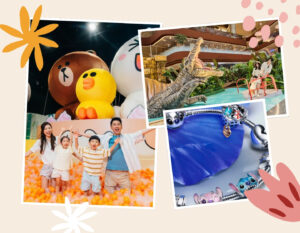

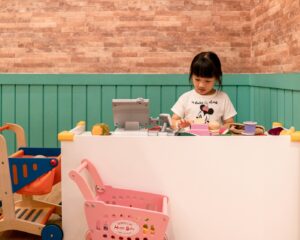





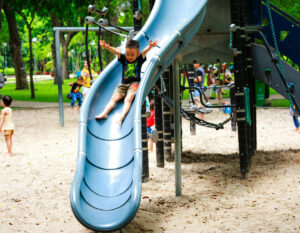
 View All
View All
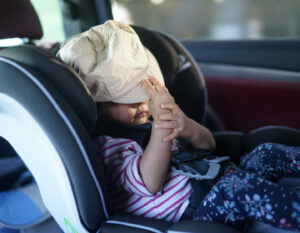



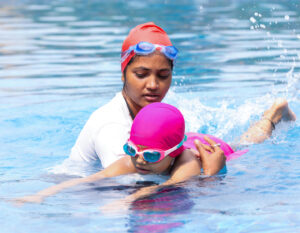
 View All
View All


 View All
View All









